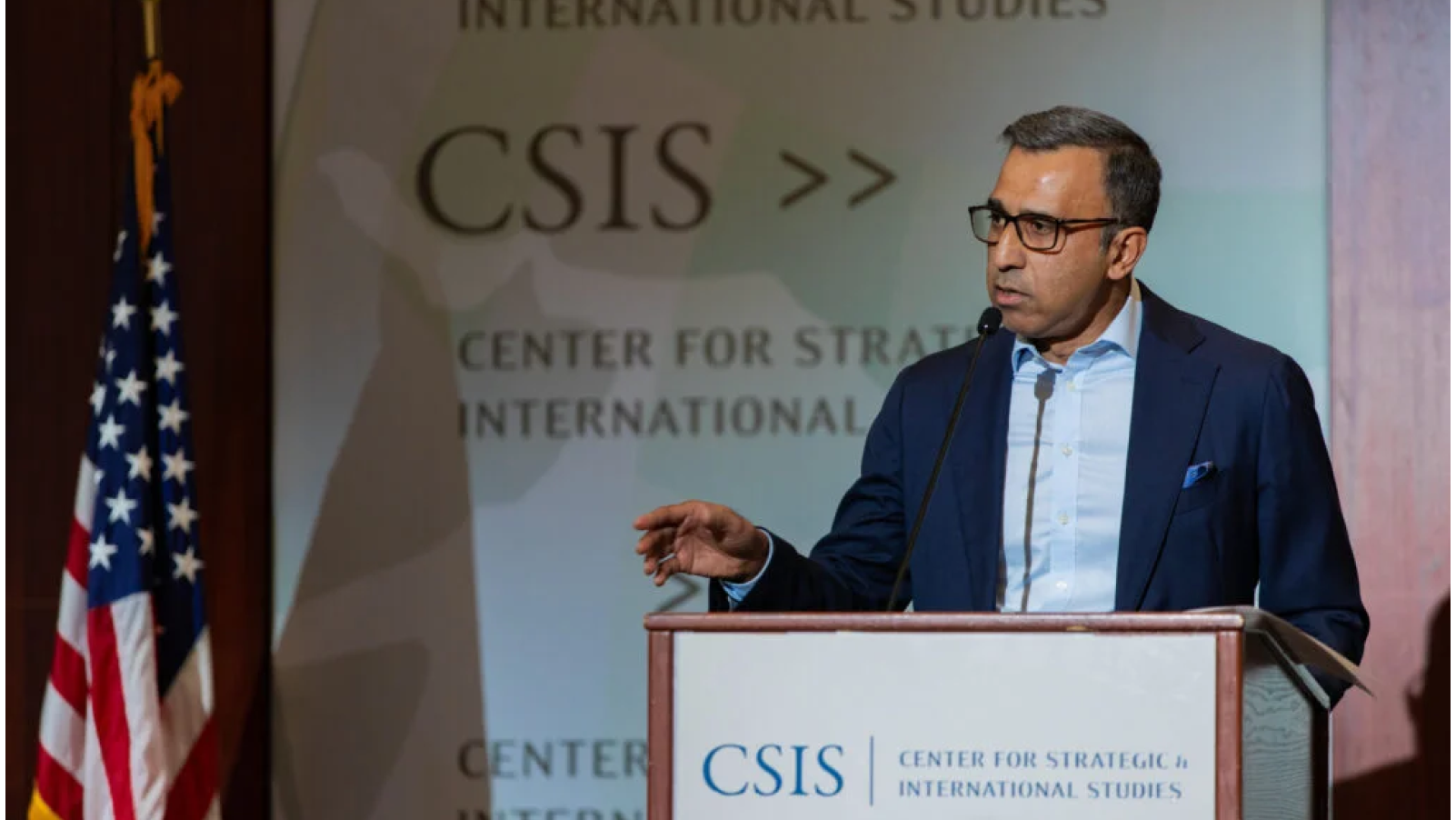August 2nd, 2021
3 min read

We can benefit from today’s data-centric world only with transparency and trust. Even more so when it comes to data related to our personal health and wellbeing.
Creating digital trust – and strengthening systems that promote health and wellbeing – is, therefore, a crucial task.
Defining the problem

The problem is that there are plenty of reasons not to trust. Enterprises today gather an excessive amount of data about individuals who feel the deck is stacked against their privacy rights. Also, the steady drumbeat of news on data breaches diminishes any trust that consumers and citizens have in the security of whatever data about them may be stored somewhere in cyberspace.
The problem of breaches does not seem insurmountable. By a nearly 4:1 margin, the source of failure is organizational in nature, not inadequate security technology, according to a Boston Consulting Group (BCG) study. There is certainly an incentive to solve this problem, as each incident brings to the impacted companies millions of dollars in costs.
What organizations need is resilience, or the capacity to absorb unexpected interruptions to operational or financial continuity. That is one reason for the surge in cloud computing and third-party data centers. Engineered and built to withstand physical shocks of any kind, even earthquakes in San Francisco, as is the case with one of NTT Global Data Center’s newest facilities, data centers can also leverage state-of-the-art cybersecurity technologies and practices.
Resilience-plus

Regaining trust in the digital ecosystem’s capacity to support general health and wellbeing requires more than extraordinarily secure data centers. It also calls for expanding one’s definition of health and using the right combination of digital and human characteristics, including the following:
Availability: Restoring faith in digital systems in part involves recognizing human limitations. Traditional resilience models need individual IT professionals to make decisions. Yet even pros can make the wrong or late choices, especially in the face of an onslaught of new and undefined cyberthreats. Reacting to incidents of whatever kind in near real-time and around the clock is an ideal use case for artificial intelligence (AI).
Talent agility: While cloud computing facilitates automatic scaling of storage and compute, human capabilities are still needed when organizations anticipate changing market conditions. It takes a quick-response, on-demand human workforce – think temporary IT help – to launch the kind of projects required to maintain and expand any digital system.
Smart and healthy buildings: A well-built data center facility that can move six meters in either direction in the face of a seismic event or an office building can control the spread of an airborne virus. These highly engineered smart buildings not only reduce costs and limit liabilities but also advance the security of both the data and employees they contain.
Employee health and safety: By further broadening the scope, we can consider emotional, social, occupational, and financial health. To support employees in these areas, it is in the interest of employers to interact proactively, non-invasively and with total privacy protection. “Social robot” Jibo is engaged in just such an initiative.
Security by design: For such initiatives to succeed, security must be baked into the underlying IT fabric and architecture. In this regard, NTT Research explores and promotes enhanced cryptography enabled by new technologies, including the distributed ledger of blockchain and attribute-based encryption, which provides fine-grained policy control of who can access what particular types of data.
A virtuous cycle

The NTT elastic model for safety and health borrows from the Blue Zones initiative. While its origins were in high-longevity population studies, Blue Zones’ derivative projects focused on optimizing environments to improve health by design. In advancing its vision, NTT has identified four key factors: food and nutrition, fitness and wellness, mindfulness and emotional balance, and social support.
These four factors may seem a long way from cybersecurity and data centers, but health and wellbeing are linked to data on a seamless continuum. On the one hand, insecure data breeds anxiety and reduces the likelihood of shared data. On the other hand, trust in the digital infrastructure triggers a virtuous cycle. It reduces stress levels and increases the likelihood of fruitful data sharing, which can advance shared goals of safety, health, and wellbeing.




